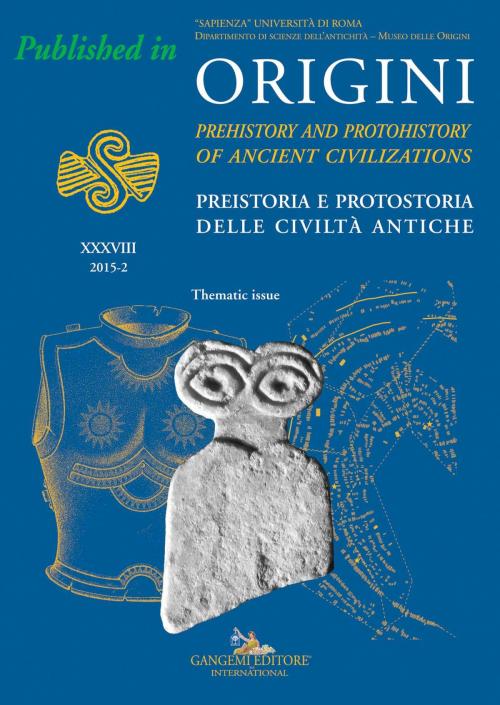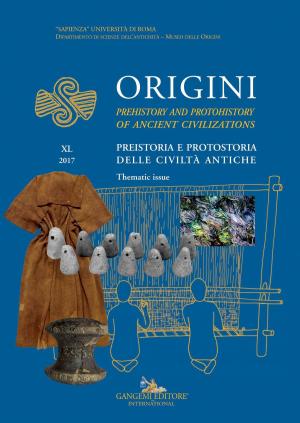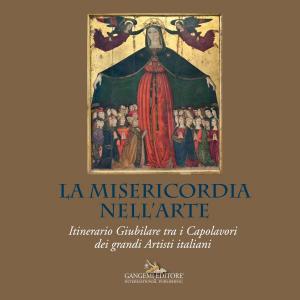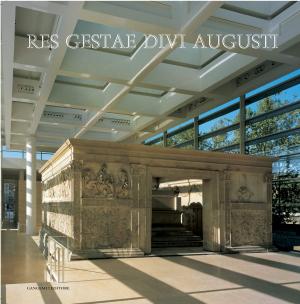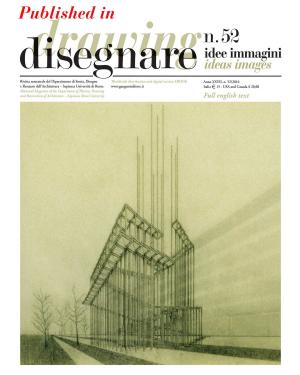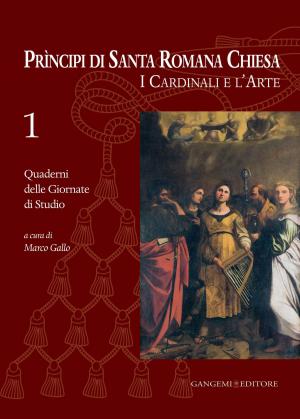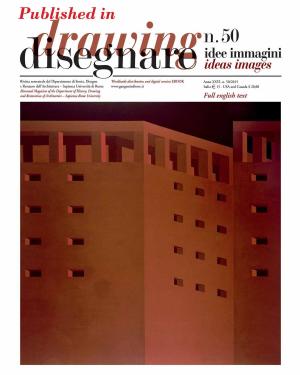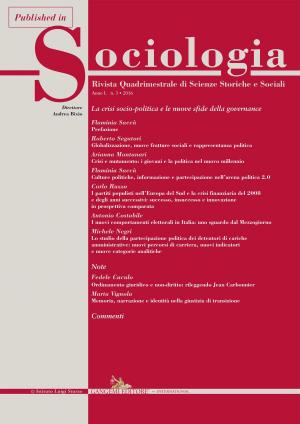The emergence of elite identities in Bronze Age Europe
Published in Origini n. XXXVIII/2015-2. Rivista annuale del Dipartimento di Scienze dell’Antichità – “Sapienza” Università di Roma | Preistoria e protostoria delle civiltà antiche – Prehistory and protohistory of ancient civilizations
Nonfiction, Social & Cultural Studies, Social Science, Archaeology, Anthropology| Author: | Anthony Harding | ISBN: | 9788849248029 |
| Publisher: | Gangemi Editore | Publication: | April 5, 2017 |
| Imprint: | Gangemi Editore | Language: | English |
| Author: | Anthony Harding |
| ISBN: | 9788849248029 |
| Publisher: | Gangemi Editore |
| Publication: | April 5, 2017 |
| Imprint: | Gangemi Editore |
| Language: | English |
In this paper methods for identifying inequality, and therefore elites, in the archaeological record are considered, especially the use of Gini coefficients. While this method has not so far been applied to Bronze Age situations, its use in other periods is well attested. For the Bronze Age, it is possible to recognise a number of elite identities, notably that of the warrior. This identity developed over the course of the period, reflecting changes in the type of warfare practised. Other identities are recognisable, but determining whether they are elite or not is a problematical issue. | Nel presente articolo sono considerati diversi metodi per identificare le ineguaglianze, e dunque la presenza di elite, nei contesti archeologici, considerando in special modo il Coefficiente Gini. Sebbene questo metodo non sia stato finora applicato ai contesti databili all’Età del Bronzo, il suo utilizzo per altri periodi è ben documentato. Per l’Età del Bronzo è possibile riconoscere un certo numero di identità d’elite, specialmente quella dei guerriri. Tale identità si sviluppò nel corso dell’epoca riflettendo i cambiamenti del tipo di guerra praticata. E’ possibile riconoscere altre identità ma determinare se fossero elitarie a meno è più problematico.
In this paper methods for identifying inequality, and therefore elites, in the archaeological record are considered, especially the use of Gini coefficients. While this method has not so far been applied to Bronze Age situations, its use in other periods is well attested. For the Bronze Age, it is possible to recognise a number of elite identities, notably that of the warrior. This identity developed over the course of the period, reflecting changes in the type of warfare practised. Other identities are recognisable, but determining whether they are elite or not is a problematical issue. | Nel presente articolo sono considerati diversi metodi per identificare le ineguaglianze, e dunque la presenza di elite, nei contesti archeologici, considerando in special modo il Coefficiente Gini. Sebbene questo metodo non sia stato finora applicato ai contesti databili all’Età del Bronzo, il suo utilizzo per altri periodi è ben documentato. Per l’Età del Bronzo è possibile riconoscere un certo numero di identità d’elite, specialmente quella dei guerriri. Tale identità si sviluppò nel corso dell’epoca riflettendo i cambiamenti del tipo di guerra praticata. E’ possibile riconoscere altre identità ma determinare se fossero elitarie a meno è più problematico.
